Lovely little Dinant. I have a confession to make. Before I visited, I knew next to nothing about Dinant. I can tell you some things about Belgium. I can tell you the best places for frites in Brussels, and the most underrated brewery in Bruges. But Dinant? It was a complete mystery. And you know what? I’m so glad it was. Because discovering this little gem of a town, nestled in the heart of the Wallonian countryside, was one of the most delightful travel experiences I’ve had in a long time.
So, what’s so special about Dinant? Well, for starters, it’s ridiculously beautiful. Imagine a postcard-perfect town, with a sparkling river running through it, colourful houses clinging to the hillside, and a dramatic, cliff-top citadel watching over it all. It’s the kind of place that makes you want to whip out your camera at every turn, but also just sit and soak it all in.
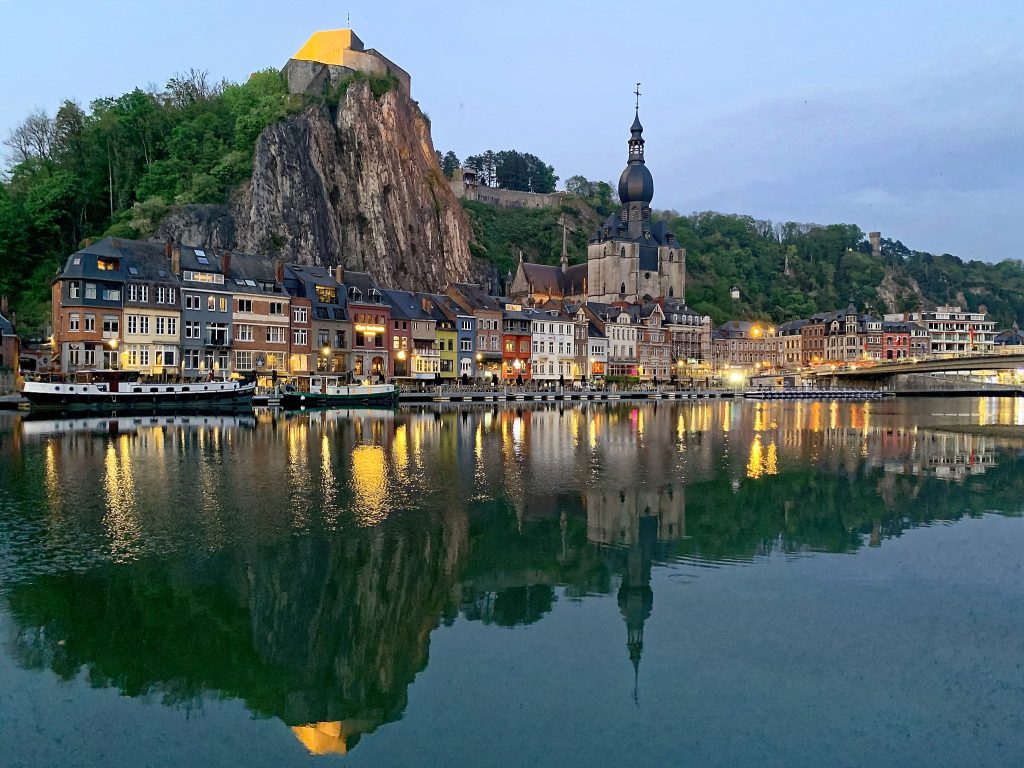 But Dinant is more than just a pretty face. This is a town with a rich, and often tumultuous, history. It’s been fought over by empires, destroyed and rebuilt, and has seen its fair share of tragedy. Yet, through it all, it’s retained its unique character and charm. It’s a town with a story to tell, and I was all ears.
But Dinant is more than just a pretty face. This is a town with a rich, and often tumultuous, history. It’s been fought over by empires, destroyed and rebuilt, and has seen its fair share of tragedy. Yet, through it all, it’s retained its unique character and charm. It’s a town with a story to tell, and I was all ears.
A Pint of History (and a Side of Leffe)
Speaking of stories, you can’t talk about Dinant without talking about Leffe. Yes, that Leffe. The one you’ve probably seen on tap in pubs all over the world. Well, it all started right here, in the Notre-Dame de Leffe Abbey, just a short walk from the town centre.
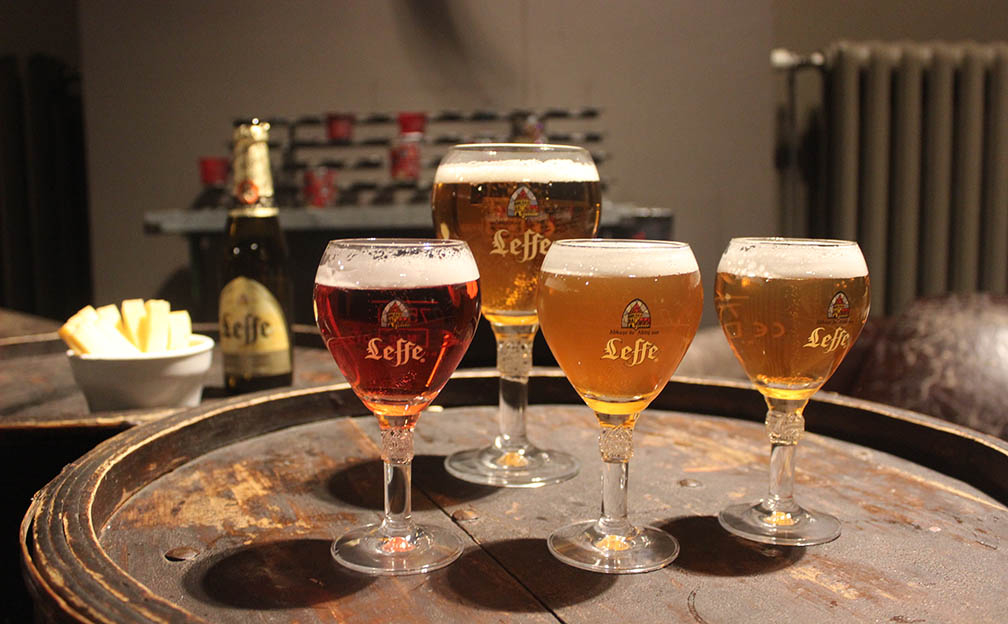 Now, I’m a big fan of a good Belgian beer, so a visit to the Maison Leffe, a museum dedicated to the history of the beer, was a no-brainer. Housed in a former convent, the museum is a fascinating, interactive experience that takes you on a journey through the history of Leffe, from its humble monastic beginnings to its global success today.
Now, I’m a big fan of a good Belgian beer, so a visit to the Maison Leffe, a museum dedicated to the history of the beer, was a no-brainer. Housed in a former convent, the museum is a fascinating, interactive experience that takes you on a journey through the history of Leffe, from its humble monastic beginnings to its global success today.
And the best part? The tour ends with a tasting. You get to sample a range of Leffe beers, from the classic Blonde to the rich, dark Brune, and even some of the more unusual varieties. It’s a great way to learn about the brewing process, and, of course, to enjoy some delicious Belgian beer.

But the history of Dinant goes far beyond beer. The town’s strategic location on the Meuse River has made it a target for invaders for centuries. The impressive Citadel, perched high on the cliffs overlooking the town, is a testament to this turbulent past. You can take a cable car to the top (or, if you’re feeling energetic, climb the 408 steps) and explore the fortress, which offers stunning panoramic views of the valley below. The Citadel also houses a fascinating museum that tells the story of Dinant’s military history, from the Middle Ages to the First World War.
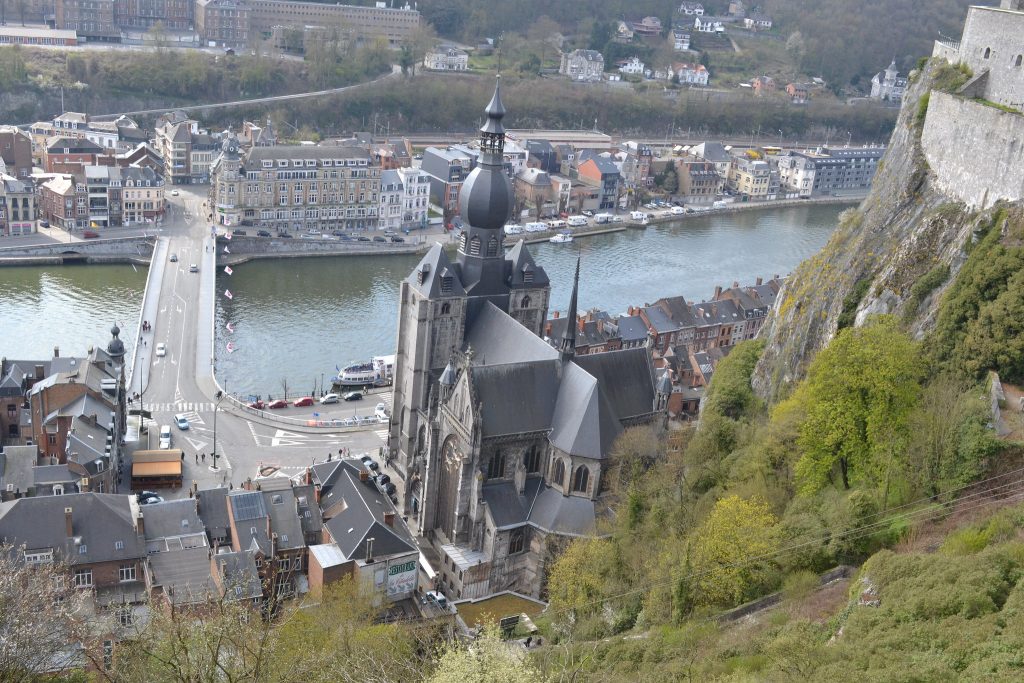
A Symphony of Sights and Sounds (and Saxophones)
Dinant is also the birthplace of one of the world’s most iconic musical instruments: the saxophone. Adolphe Sax, the inventor of the saxophone, was born here in 1814, and the town is justifiably proud of its famous son.
As you wander through the streets of Dinant, you’ll see saxophones everywhere. There are giant, brightly-coloured saxophones on the Charles de Gaulle Bridge, a saxophone-themed fountain, and even a small museum, the Maison de Monsieur Sax, dedicated to the life and work of Adolphe Sax.
It’s a quirky and charming tribute to a man who changed the sound of music forever, and it adds to the unique character of the town.

A Taste of Dinant (and a Warning About the Cookies)
Of course, no trip to Belgium is complete without indulging in the local cuisine, and Dinant is no exception. The town is famous for its Couques de Dinant, a type of hard, sweet biscuit that is made with only two ingredients: flour and honey.
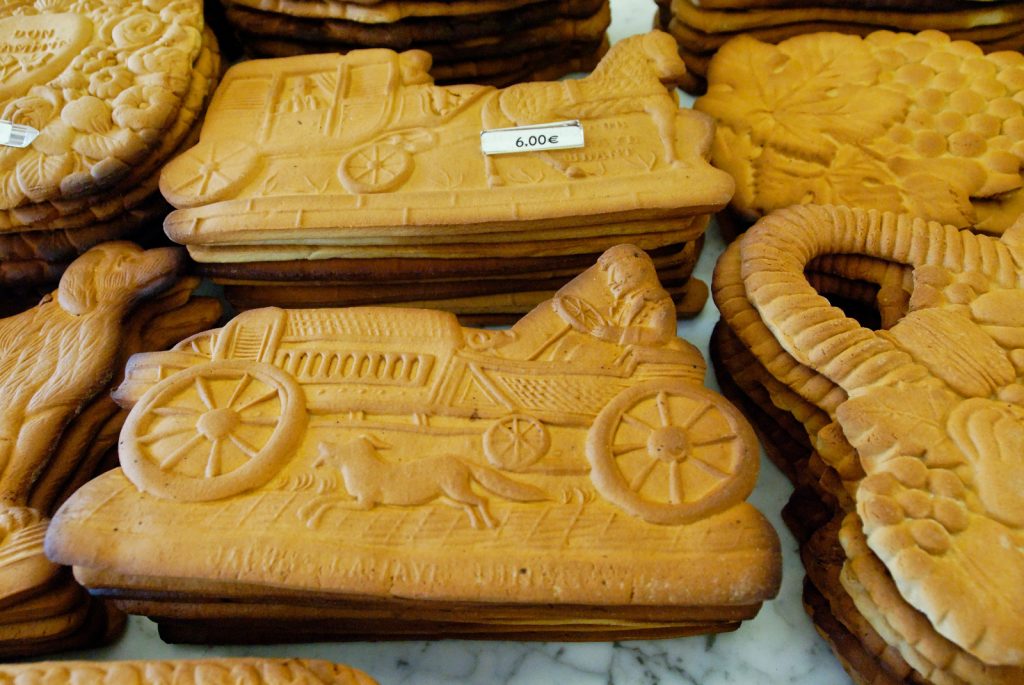
Now, I have to be honest with you. These biscuits are not for the faint of heart (or the weak of teeth). They are incredibly hard, and are meant to be sucked, not bitten. But if you’re feeling brave, they are a unique local speciality that is worth trying.
If you’re looking for something a little more substantial, you’ll find plenty of charming cafes and restaurants in Dinant serving up traditional Belgian fare. I had a delicious carbonnade flamande (a rich, beef and onion stew made with beer) at a little place by the river.Very substantial and would be great on a chilly day!
And, of course, you can’t leave Dinant without trying a Flamiche, a savoury tart made with cheese and eggs. It’s a local speciality that is said to have been created by a farmer’s wife. The story is she accidentally dropped her basket of eggs, cheese, and butter. It’s a happy accident, because the result is a delicious and satisfying dish that is perfect for a light lunch or a snack.
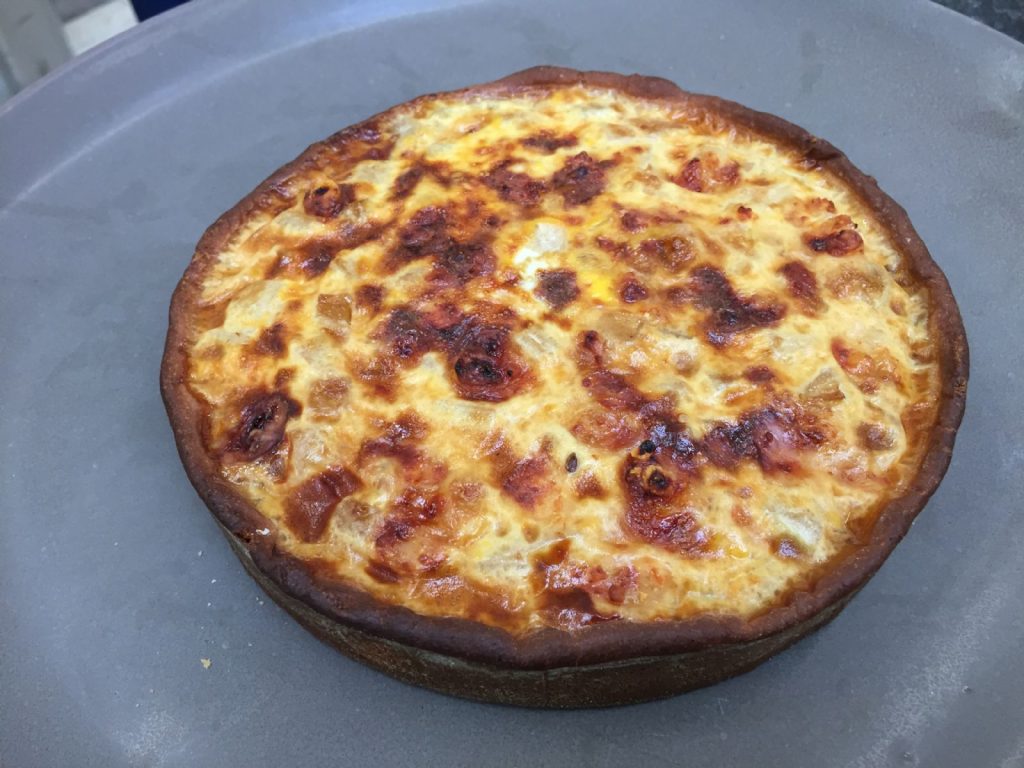
Getting There and Getting Around
Dinant is located in the province of Namur, in the French-speaking region of Wallonia. It’s easily accessible by car and there is lots of parking. You can also reach it by train from Brussels, with the journey taking around 90 minutes.
Once you’re in Dinant, the best way to get around is on foot. The town is small and compact, and you can easily walk to all of the main attractions.
If you want to explore the surrounding area, you can rent a bike or take a boat trip on the Meuse River. There are also plenty of hiking trails in the nearby countryside, which offer stunning views of the valley.
So, Should You Go?
In a word, yes. Dinant is a town that has it all: history, culture, natural beauty, and, of course, great food and drink. It’s a place where you can wander through cobbled streets, explore ancient fortresses, and listen to the sound of saxophones echoing through the valley.
It’s a town that will surprise you, charm you, and leave you wanting more. So, if you’re looking for a destination that’s a little bit off the beaten path, I can’t recommend Dinant enough. Just be careful with those cookies!

